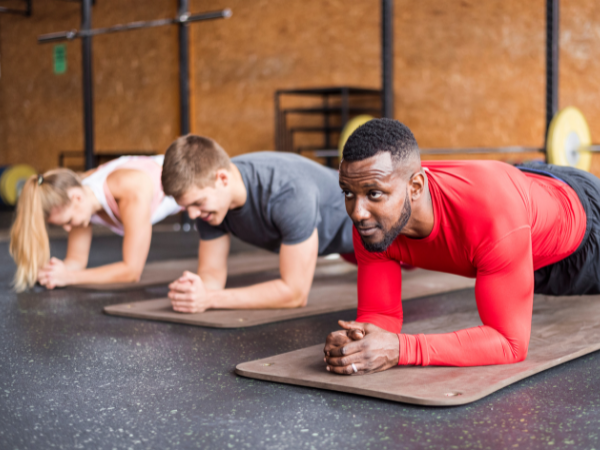The Crucial Connection: Core Stability and Torque Generation in Athletics
In the realm of sports and athletics, the importance of core stability and the ability to generate torque cannot be overstated. These two fundamental components serve as the foundation for an athlete’s performance across various disciplines. Whether you’re a sprinter, a golfer, a weightlifter, or a tennis player, your core strength and torque-generating capabilities play a pivotal role in achieving success and preventing injuries.
The Core of Athletic Performance
The core, often referred to as the body’s powerhouse, is the central hub of an athlete’s strength and stability. It comprises a complex network of muscles, including the rectus abdominis, obliques, transverse abdominis, and erector spinae, among others. When trained and conditioned effectively, these muscles act as a stabilizing force that allows an athlete to harness their power efficiently.
- Improved Balance and Stability
Core stability is the key to maintaining balance and stability while performing dynamic movements. Whether you’re making quick cuts on the soccer field or pivoting on the tennis court, a strong core provides a stable platform for your limbs to generate force, enhancing your agility and reducing the risk of injury.
- Enhanced Power Transfer
Generating torque is the process of twisting or rotating the body to create force. It is a critical aspect of sports like baseball, golf, and martial arts, where rotational power is essential. The core acts as a bridge between the lower and upper body, facilitating the efficient transfer of energy from your legs and hips to your arms and shoulders. This transfer of power significantly amplifies the force you can exert, leading to more potent throws, swings, and strikes.
- Injury Prevention
Weak core muscles can lead to poor posture and biomechanics, increasing the risk of injuries. A strong core supports proper alignment, reducing strain on the lower back, hips, and shoulders. By stabilizing the spine and pelvis, athletes can prevent overuse injuries and maintain their longevity in their chosen sport.
- Endurance and Performance
Core stability plays a crucial role in an athlete’s endurance and overall performance. During long-distance runs or extended periods of play, a well-conditioned core helps maintain posture, delaying the onset of fatigue. It allows athletes to perform at their peak for more extended periods, giving them a competitive edge.
Training for Core Stability and Torque Generation
To harness the benefits of core stability and torque generation, athletes must incorporate targeted exercises into their training routines. These may include planks, Russian twists, medicine ball throws, and rotational exercises like woodchoppers. Additionally, exercises that strengthen the posterior chain, such as deadlifts and kettlebell swings, can contribute to core stability and torque development.
Closing Remarks
In the world of sports, core stability and the ability to generate torque are the unsung heroes of performance and injury prevention. Regardless of your athletic pursuit, a strong and stable core will serve as the linchpin to unlock your true potential. Incorporating core-centric training into your regimen can help you achieve better balance, enhanced power transfer, injury resilience, endurance, and overall athletic excellence. So, remember, the core is not just a set of muscles; it’s the powerhouse that propels you towards victory.
Prepared By: Eric Ingram PT, DPT, SCS

